It was a sticky summer evening in New York City when the first feeling hit. The subway hummed below, a thousand voices chattered around, and neon lights glowed above. Each element, sort of, vibrated with its own identity. Hard to say, but together they formed this greater tapestry of city life identity. It was maybe intoxicating, definitely overwhelming, and kinda hard to forget.
The Pulse of the Streets
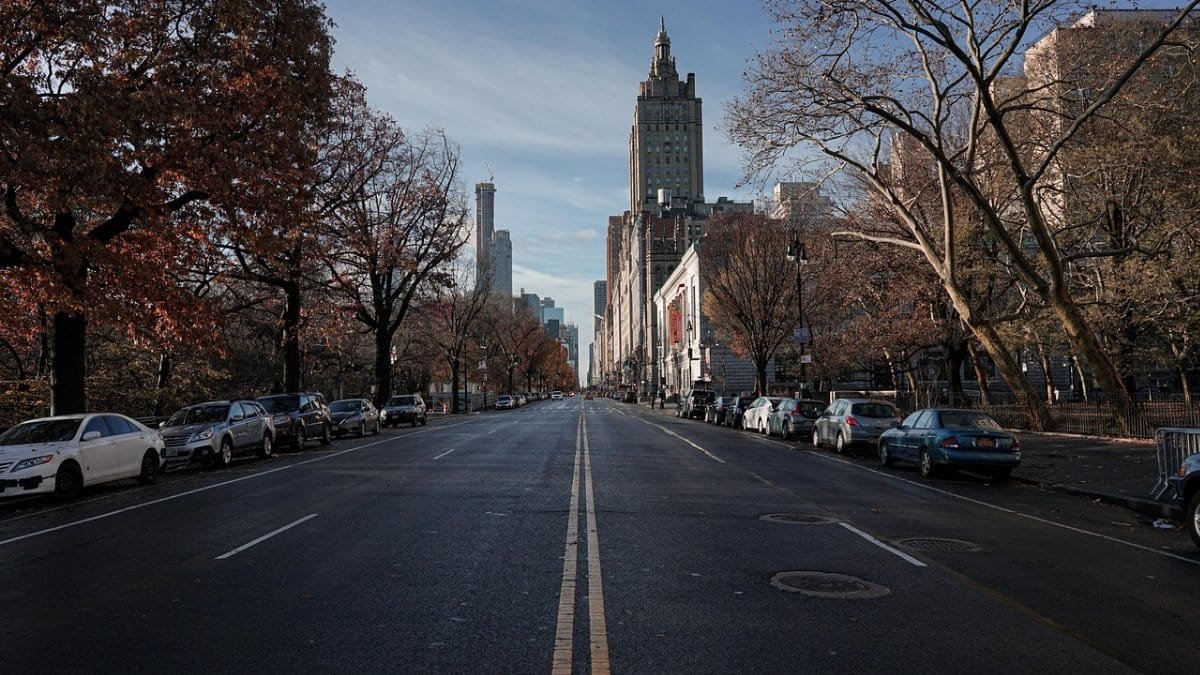
Walking down a city street, there’s this undeniable rhythm. Footsteps echo off the pavement, and maybe the distant sound of a saxophone drifts from a nearby park. It’s a living, breathing entity, you feel it. This pulse, it’s what defines city life identity for many. It’s a feeling you can’t quite put your finger on, but when you’re in it, it’s there. Hard to say, but it’s like the heartbeat of the city. And then there’s this story about Alex, who moved to the city and found the pulse of the streets to be his guide. He’d walk for hours, letting the rhythm lead him to new places, new people. It was his way of connecting with the city’s soul. This Harvard Health article kinda nails it, talking about how urban environments can impact mental health.
Architecture: More than Just Buildings
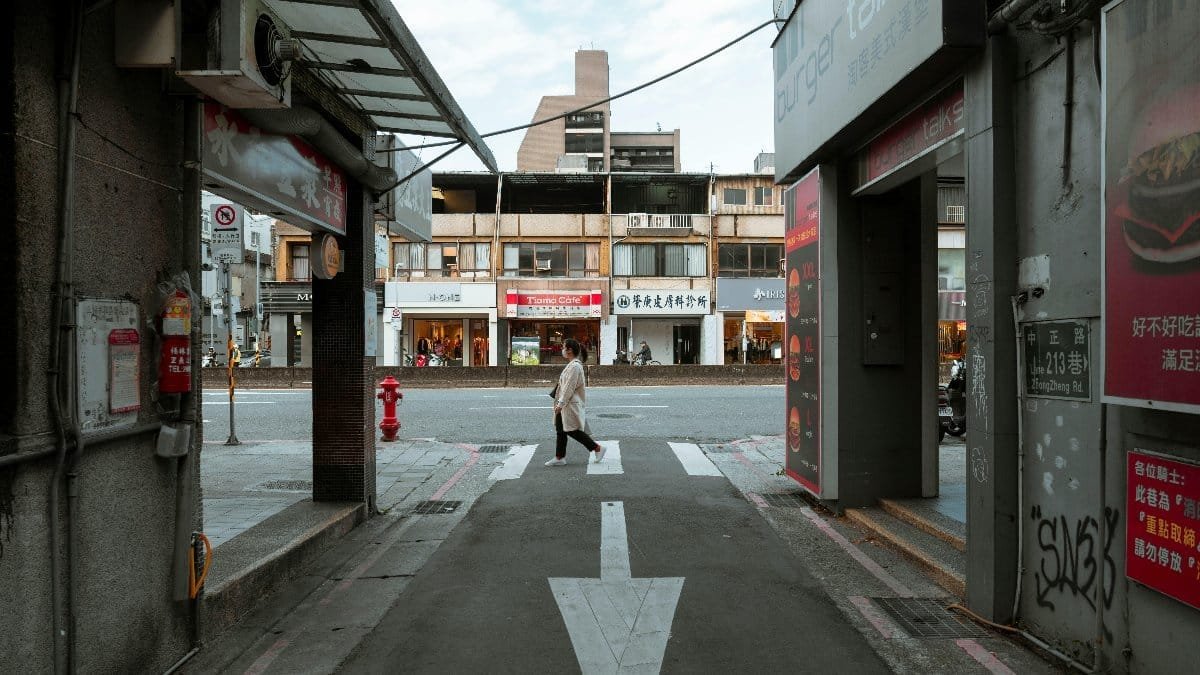
City skylines are iconic, no doubt. From the towering spires of Chicago to the sprawling bridges of San Francisco, architecture plays a key role in shaping city life identity. Each building tells a story, reflecting the history, culture, and aspirations of its city. As urban landscapes evolve, so does the identity they project. Maybe it’s the way the light hits the glass towers at sunset, or the historical significance of a landmark. Hard to say, but it’s all part of the city’s charm. And then there’s this tale about Maria, who used to sketch the city’s buildings every weekend. She found inspiration in the way architecture told the city’s story, capturing moments in time through her art. This Architectural Digest piece sorta explains how architecture influences identity.
The Cultural Melting Pot

U.S. cities are renowned for their diversity. In areas like Los Angeles, you’ll find a mosaic of cultures, each adding its own flavor to the city’s identity. This cultural blend influences everything from the food we eat to the festivals we celebrate, creating a vibrant and ever-changing city life identity. Maybe it’s the street food vendors offering dishes from around the world, or the annual cultural festivals that bring communities together. Hard to say, but it’s all part of the city’s rich tapestry. And then there’s this story about Sam, who moved to the city and was amazed by the cultural diversity. He’d spend weekends exploring different neighborhoods, tasting new foods, and learning about different traditions. It was like a journey around the world without leaving the city. This National Geographic article kinda sums it up, talking about the importance of cultural diversity.
Technology’s Role in Urban Identity
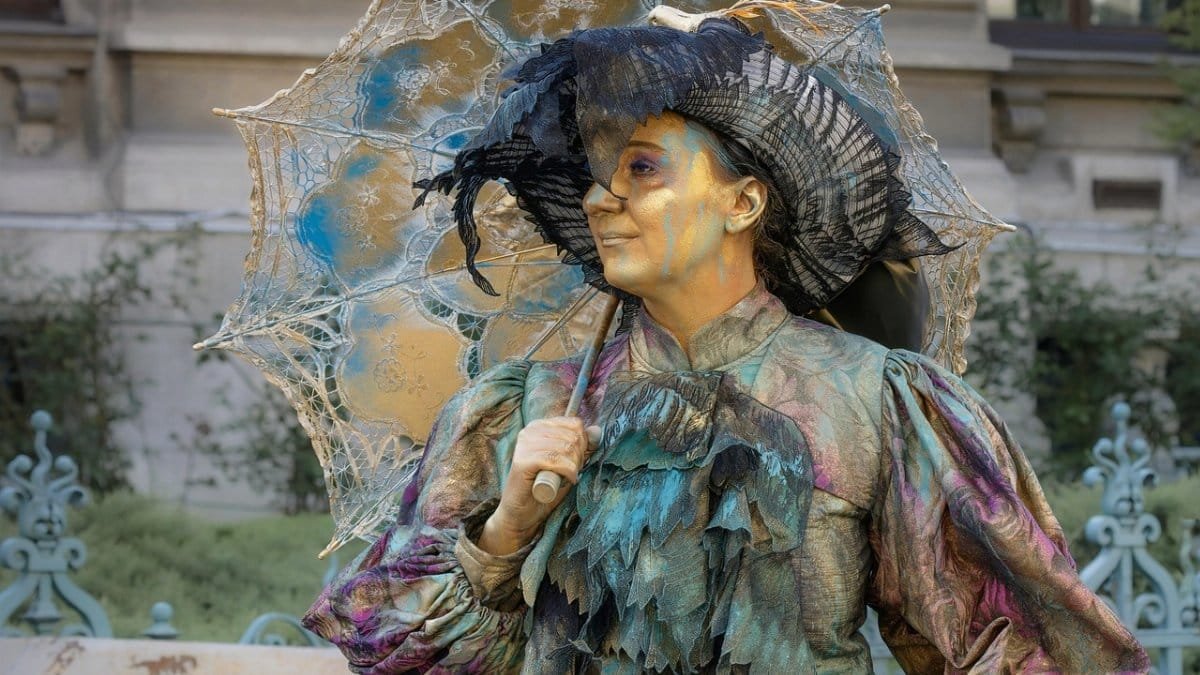
With the rise of smart cities and tech hubs like Silicon Valley, technology is increasingly woven into the fabric of urban life. In 2025, cities are embracing innovations from AI-driven public transportation to virtual reality art installations. These advancements are reshaping city life identity, making it more connected and, sometimes, more complex. Maybe it’s the way you can navigate the city with an app, or the smart billboards that change based on the time of day. Hard to say, but it’s all part of the city’s evolving identity. And then there’s this story about Emma, who works in tech and sees firsthand how technology is transforming the city. She’s excited about the potential but also aware of the challenges it brings. This Forbes article sorta explains the future of smart cities.
Finding Solitude in the Urban Jungle
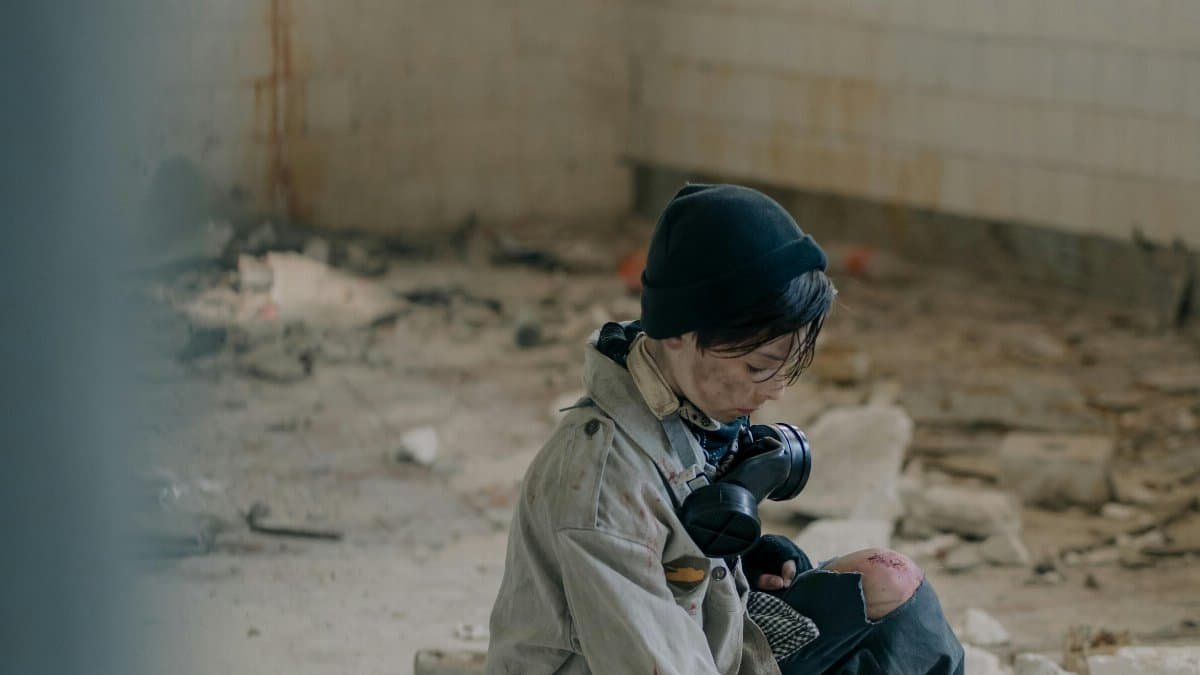
Amidst the hustle and bustle, city dwellers often seek out pockets of peace. Whether it’s a small community garden or a quiet corner in a bustling café, these refuges offer a chance to pause and reflect. They are essential to maintaining a balanced city life identity. Maybe it’s the way the city’s noise fades into the background in these spots, or the sense of community you find there. Hard to say, but it’s all part of the city’s charm. And then there’s this story about Jake, who discovered a hidden garden in the city. It became his sanctuary, a place to escape the chaos and find some peace. This Psychology Today article kinda nails it, talking about the importance of urban green spaces.
The Sounds of the City

Every city has its own soundtrack. The honking of taxis, the murmur of street performers, and the distant wail of sirens all contribute to an auditory identity. These sounds can be both comforting and chaotic, but they are integral to the city’s character. Maybe it’s the way the city’s sounds blend into a symphony, or the way they change throughout the day. Hard to say, but it’s all part of the city’s unique vibe. And then there’s this story about Lily, who loved the city’s sounds so much she started recording them. She’d create soundscapes that captured the essence of the city, sharing them with friends and family. It was her way of celebrating the city’s auditory identity. This The Atlantic article sorta explains the role of sound in urban life.
Urban Legends and Local Lore

Stories passed down through generations add a layer of mystique to city life identity. From ghost stories in New Orleans to the hidden speakeasies of New York, these tales enrich the urban experience and foster a sense of community among residents. Maybe it’s the way these stories connect people to the city’s past, or the way they add a bit of magic to everyday life. Hard to say, but it’s all part of the city’s charm. And then there’s this story about Ben, who grew up hearing tales of the city’s hidden spots. He’d explore these places, feeling a connection to the city’s history and the people who came before him. It was like stepping into another world. This Smithsonian Magazine article kinda sums it up, talking about urban legends.
Public Spaces: The Heart of the City
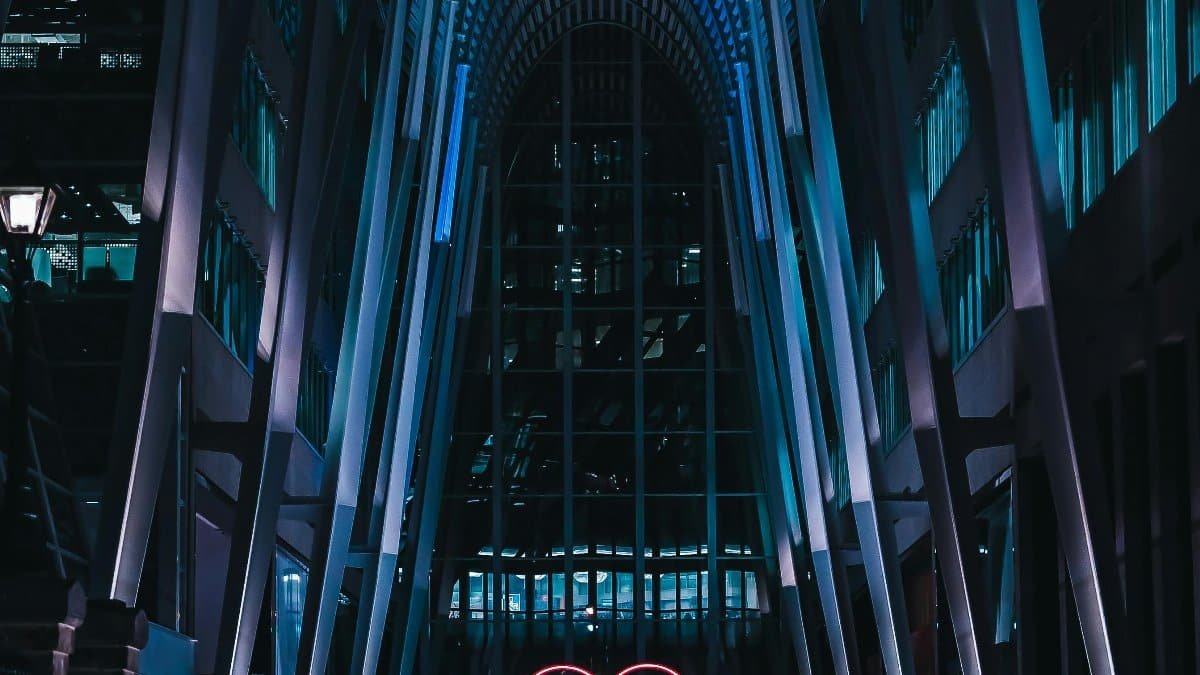
Parks, plazas, and other communal areas are more than just amenities—they’re vital to the city’s identity. These spaces bring people together, providing a backdrop for both everyday life and large-scale events. As cities grow, the design and accessibility of these areas become ever more crucial. Maybe it’s the way these spaces foster community, or the way they offer a break from the urban hustle. Hard to say, but it’s all part of the city’s charm. And then there’s this story about Sarah, who organized community events in the city’s parks. She saw how these spaces could bring people together, creating a sense of belonging and community. It was her way of contributing to the city’s identity. This American Planning Association article sorta explains the importance of public spaces.
The Role of Art in Urban Life

Street art, galleries, and public installations are a testament to a city’s creative spirit. These artistic expressions contribute to the visual identity of a city, offering commentary on social issues and celebrating cultural heritage. Maybe it’s the way a mural can transform a dull wall, or the way a sculpture can spark conversation. Hard to say, but it’s all part of the city’s charm. And then there’s this story about Mia, who started a street art project in her neighborhood. She wanted to bring color and life to the city, using art to tell stories and connect with the community. It was her way of contributing to the city’s visual identity. This Artsy article kinda nails it, talking about how street art transforms cities.
Community Voices and Urban Dialogue
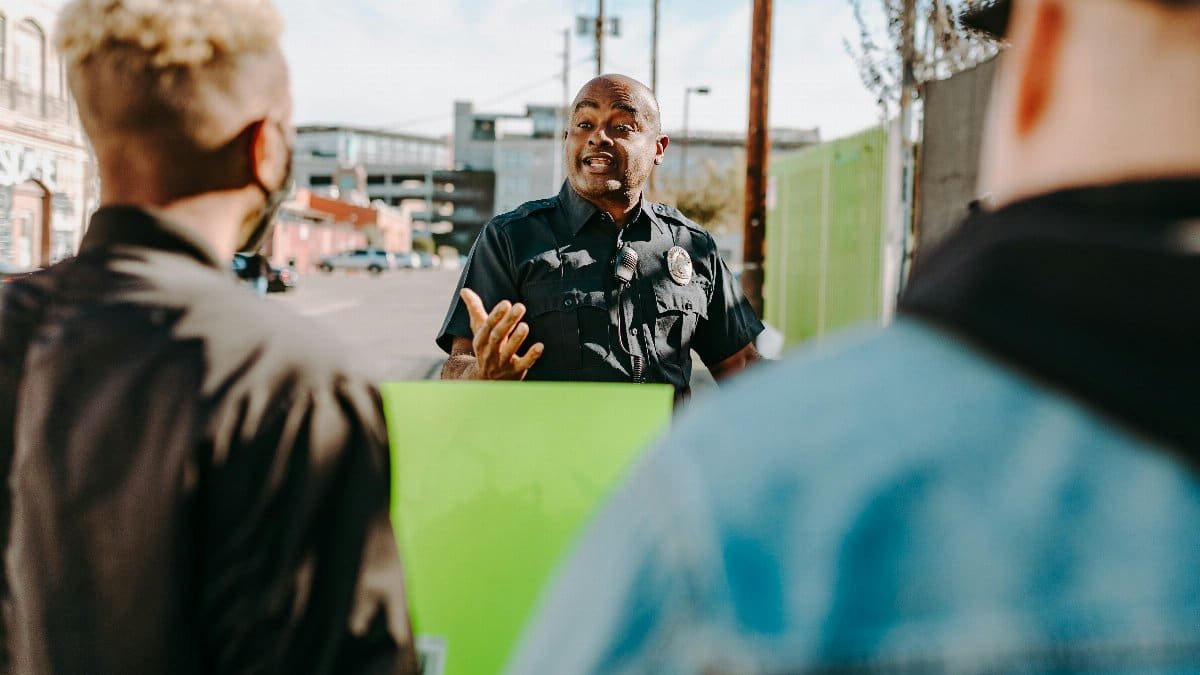
In cities, the conversation is constant. From grassroots movements to city council meetings, residents actively participate in shaping their environment. This dialogue is a cornerstone of city life identity, ensuring that it reflects the needs and desires of its inhabitants. Maybe it’s the way people come together to discuss issues, or the way their voices can lead to change. Hard to say, but it’s all part of the city’s charm. And then there’s this story about Alex, who got involved in local politics to make a difference. He saw how important it was for residents to have a say in their city’s future, and he worked to amplify their voices. It was his way of contributing to the city’s identity. This Brookings article sorta explains the role of citizen engagement in urban governance.
Resilience in the Face of Change
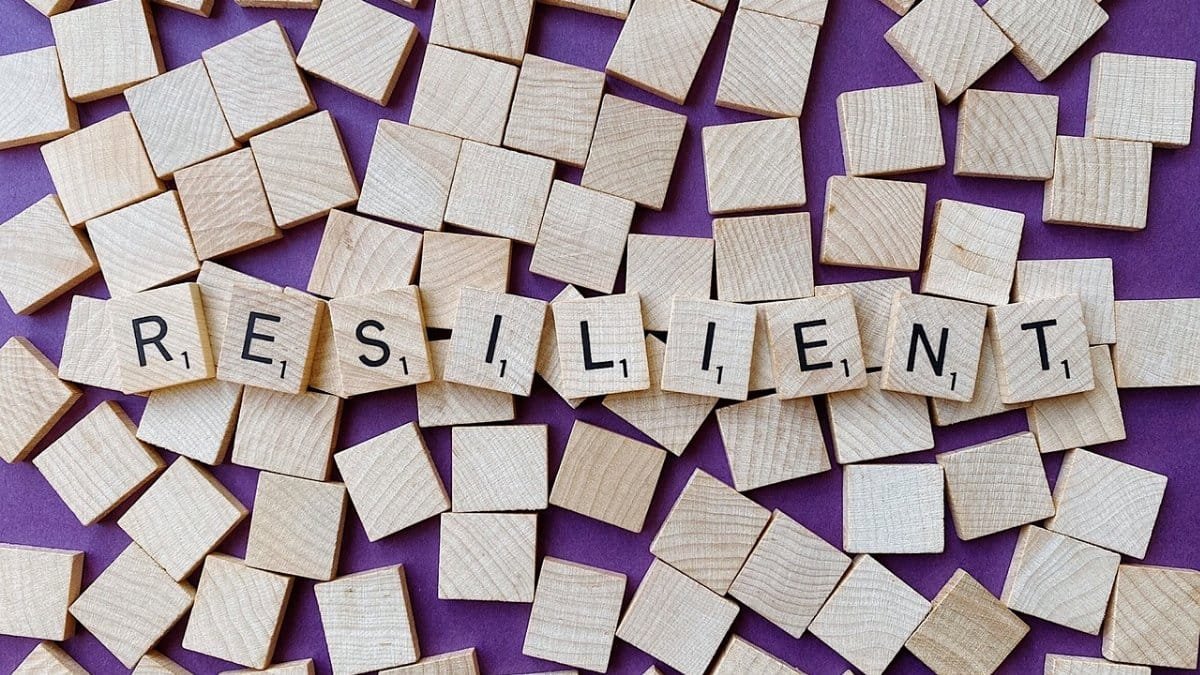
Cities are ever-changing, adapting to challenges such as climate change and economic shifts. This resilience is a fundamental aspect of city life identity, demonstrating the ability of urban environments to evolve and thrive despite adversity. Maybe it’s the way cities bounce back after a crisis, or the way they innovate to meet new challenges. Hard to say, but it’s all part of the city’s charm. And then there’s this story about Emma, who saw her city transform after a major storm. The community came together to rebuild, showing the city’s resilience and spirit. It was a testament to the city’s ability to adapt and grow. This Nature article kinda nails it, talking about urban resilience.
Transportation: The City’s Lifeline
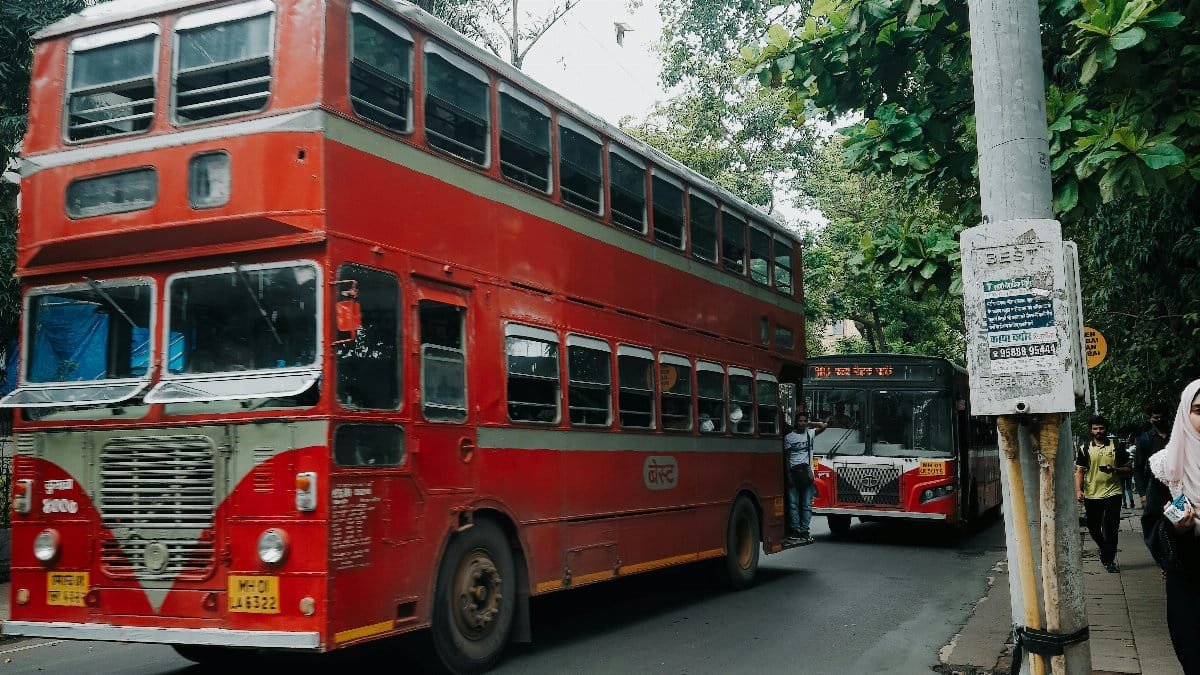
Efficient transit systems are the veins of a city, connecting neighborhoods and facilitating movement. Whether it’s the iconic yellow cabs of New York or the cable cars of San Francisco, transportation is integral to the identity and functionality of urban life. Maybe it’s the way public transit brings people together, or the way it shapes the city’s daily rhythm. Hard to say, but it’s all part of the city’s charm. And then there’s this story about Jake, who relied on the city’s transit system to get around. He loved the way it connected him to different parts of the city, making him feel part of its pulse. It was his way of experiencing the city’s identity. This American Public Transportation Association article sorta explains the importance of public transportation.
Conclusion: Embracing the Urban Tapestry

City life identity is a complex, multifaceted concept. It’s shaped by the people, the architecture, the culture, and countless other factors that come together in a unique urban tapestry. Embracing this complexity allows us to appreciate the rich, dynamic nature of our cities and the identities they nurture. Maybe it’s the way the city’s elements blend together, or the way they evolve over time. Hard to say, but it’s all part of the city’s charm. And then there’s this story about Lily, who moved to the city and fell in love with its complexity. She saw how every part of the city contributed to its identity, and she embraced it all. It was her way of becoming part of the urban tapestry. This CityLab article kinda sums it up, talking about the complexity of urban identity.
Related Post: How QiGong Improves Energy Flow in Your Body
